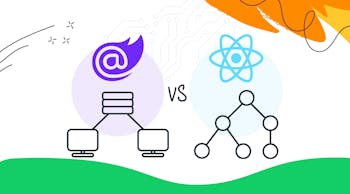It’s no longer enough to have a basic online presence; it’s 2020 and your website needs to be optimized for what the modern visitor expects. Page speed, conversion funnels, content, and metadata all play a part in how users interact with your website. When they’re properly optimized for your target audience, you will notice increased traffic and improved conversion rates.
Let’s dive into some of the top website elements you can optimize to boost your online presence in 2020.
1. PAGE SPEED
Improvements in technology and our desire for instant gratification have made us more impatient than ever and website page speed is no exception. The longer your website takes to load, the higher your site’s bounce rate – the percentage of people who leave your site without further navigating it – will become. In fact, if a page takes five seconds or longer to load, bounce rate increases 90%.
The most important metric to pay attention to when analyzing page speed is ‘time to interactive’, or how long it takes before a user can click or further navigate your site. Average time to interactive varies by industry, but generally speaking for desktop it’s 4.7 seconds, while mobile is 11.4 seconds. Other page speed metrics to pay attention to include ‘first contentful paint’ – the time it takes for the first image or text element to appear on the page – and ‘first meaningful paint’ – the time it takes for the primary content to appear.
2. CONVERSION FUNNELS
Whether you have an eCommerce website, personal website, or blog, your website’s conversion funnels are definitely something to stay on top of and continually optimize. As we hinted at, we’re not just referring to sales funnels; email signups, event registrations, or any other action a user takes on your site could be considered a conversion depending on your site’s goals.
3. CONTENT
When it comes to your site’s content, the biggest stakeholders in your optimization efforts should be Google and your target audience. Of course, content should be created for users and not bots, but the more quality content you have, the more Google will favor your site. Creating quality content that appeals to your target audience and to Google all starts with keyword research.
METADATA
Since you’re already going to do keyword research to optimize the content on your site, it only makes sense that you would also optimize your metadata at the same time. When we refer to metadata, we’re referencing the title tags and meta descriptions of each indexed page on your site. Use this time to ensure that every indexed page not only has metadata, but has relevant metadata – including your target keywords – that describes what the user will find on the page
Title tags should be around 65 characters, while meta descriptions should be around 150 characters; anything too long will get truncated and anything too short is probably not doing an effective job at describing the page’s content.









